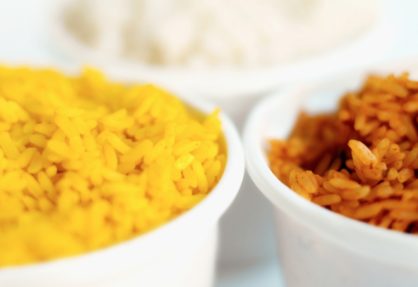It’s a new year, and for many of us, that means resolving to make healthier lifestyle choices. One easy option is to focus on eating whole grains — and that includes our rice. There are about 40,000 types of rice in the world, but we’ll focus on the most popular.
White rice vs. brown rice
White rice may seem the most common, but it is the least nutritious. This is because it is actually brown rice that has been stripped of its bran content and bleached, thereby eliminating most of its nutrients. In contrast, brown rice is optimal as it contains far greater amounts of fiber, protein, several minerals and vitamins E, B6 and B2.
Wild rice
Though the taste may take some getting used to, another rice to consider is wild rice. It is lower in carbohydrates than other varieties and provides nutrients not found in any other type of rice, such as omega-3 fatty acids. It also has an added bonus of being high in folic acid, vitamin A and protein.
Jasmine & basmati rice
Jasmine and basmati rice are known for their aromas, but their nutritional content depends on whether they’ve been processed and to what extent. From a dietary standpoint, all types of white rice are generally comparable to one another, as are brown rice varieties. However, one advantage of brown basmati rice is that it contains about 20% more fiber than other types of brown rice.
Why the focus on fiber?
Fiber from whole grains has a whole slew of benefits for one’s wellness, including — but not limited to — a lower risk of diabetes, heart disease, diverticulitis and constipation.
